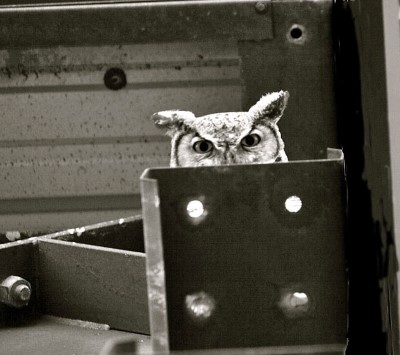
Readers of this blog know I recommend an effortless meditation as a foundational spiritual practice. This is because it cultures samadhi, the basis of Yoga. The repeated experience of pure consciousness reveals itself as our essential nature. With regular exposure and purification, we prepare the ground to wake up to ourselves as that.
I also recommend the same for those practising mindfulness as meditation develops presence, that pure consciousness within. Without enough presence, mindfulness can just be mind noticing itself. This makes the mind stronger rather than presence.
Note here, I’m not talking about forms of meditation that use concentration or contemplation. Concentration is inherently difficult as the mind by nature wanders. Contemplation doesn’t itself take you beyond the mind. Each has their value, but if your goal is awakening, Yoga tells us samadhi is the key. Effortless meditation is one of the easiest ways to regular samadhi.
Yet life experience has illustrated that sitting to meditate isn’t always the solution. A few health issues make settling difficult* and some physiology’s are naturally more active.
The Bhagavad Gita (6.43) tells us we pick up where we left off from prior births. Some of us will have lifetimes of meditation and take to it like a duck to water, often returning to the same tradition. Others will learn for the first time.
The key is doing what works for you, what feels natural and gets results. If it’s a strain to do and maintain, something is off or that’s not your path.
The Vedas mention that, for some, specific forms of activity are beneficial before taking up a sitting meditation. We may have periods of life where this is also the case.
Acts of service or seva can help move through karma and resistance.
Yoga postures, done effortlessly, can help us relax, smooth the release of stress, and get our lymph system moving.
Walking meditation may work for us. This is commonly taught to children under 10 but can also be used by adults.
Culturing right action, such as non-violence, truthfulness, non-theft, moderation, and so forth.
Devotional practices like prayers of surrender and celebratory chanting and dance.
Old texts describe 108 ways to transcend. But we can grow and evolve through any form of life experience, depending on how we are with it. Are we allowing it to be as it is? Are we surrendering to life? Or are we resisting and trying to control?
No practice will take us far if we continue to resist life. On the flip side, any action can become spiritual if we flow with it. It’s in the letting go and allowing.
By letting go, I don’t mean being inactive or passive. We accomplish by doing. But then let go of expectations for certain outcomes. Nature so often can do better than anything we plan.
Davidya
* For most health issues, meditation is an aid. If we’re bed-bound, we can meditate extra to help heal. However, a few health issues can cause agitation or fog that conflict with meditation. Effortless is hard when there’s pushback. This is what is referred to.



Thank you Davidya. I needed that. 🙂 Jai Guru Dev
Jai Guru Dev!
“With regular exposure and purification, we prepare the ground to wake up to ourselves as that.” After 50 years of effortless meditation, I find myself shifting to a very different experience of the process. The mantra comes by itself and dances around inside, almost without any involvement on my part. It disappears and everything is silent and I watch. Thoughts drift through and I watch. It doesn’t feel like there is anywhere to go anymore. It just seems to go by itself, and I am just there to watch. So much of my “quest” to be awake is becoming “Who cares?” And inside there is an increasing experience of something that is very playful that leaks out into my day with episodes of just smiling or feeling happy for no apparent reason. If that is what “regular exposure and purification” does, it has my endorsement.
Hey TO
You may find the mantra is reverberating within. Practice is simply making that conscious. No doing. And yes, as we become established in that deep peace, the subtle field of bliss also becomes present. It is sat chit ananda.
Here’s a TED post on joyful and calming activities instead of meditation. As the article notes, if there is significant trauma, meditation may not be the best initial choice until that’s settled.
https://ideas.ted.com/cant-seem-to-meditate-7-joyful-activities-for-you-to-try-instead/
Part of correct practice is right understanding so when heavier purification takes place, we know how to process it. Then it’s not a “negative side-effect” but rather a great benefit. Not all instruction includes this understanding though.
Another approach is body awareness/ scan techniques. This can be very useful for handling purification. It can also help with grounding into the body if it’s done right.
My teacher recommended this for handling heavy purification but didn’t recommend it as an ongoing practice.